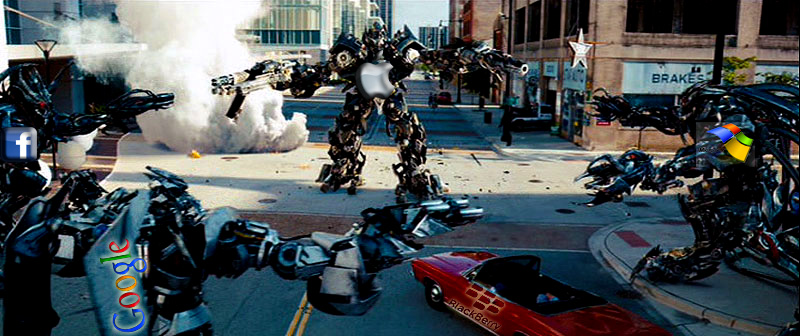| Car companies use special effects to show what their cars can’t do. This only underlines the absurdity of it all |
I’m having trouble enjoying car ads. I’ve always loved cars since I was a kid, but when I’m watching ads that show driving a car on the road as some kind of noble physical pursuit I’m finding them impossible to take seriously. When you factor in the increasing use of special effects to show what the car being sold can’t do, it only serves to underline how absurd it is to market the idea of car as a physical extension of the self. In addition to being dishonest, it isn’t how and why the vast majority of people drive.
More than most cars, the Acura RLX can make a claim to be a driver’s car. The end tag line about how amazing things can happen when man and machine connect is where this is beginning to break down for me. How connected can you possible be to an automatic, climate controlled machine that weighs two tons? It isn’t what you could call an intimate relationship.
GM seems to have gone all in with the special effects. Their econo-box is a skateboard, robot dogs abound, and the new Corvette can help you battle aliens. The use of special effects to show what a car can’t do (but how it’s supposed to make you feel) is becoming a key part of marketing these transportation appliances.
At the bike course one of our instructors talked about how tiring it is to ride a bike, especially when you’re starting out. We were all sitting there sweaty and tired in the classroom after a couple of hours manhandling bikes around increasingly complicated courses. He asked us about our commute to the course that morning, what were we doing as we drove our cars? One hand on the wheel, a foot on the gas? Listening to the radio? All in a controlled environment remote from the road.
Now, he says, think about what you were just doing out there. One foot on the gear shift, one foot on the rear brake, left hand on the clutch and indicators, right hand on the front brake, both arms steering, using your whole body to lean the bike into corners and resist the wind. Riding is a calisthenic activity, and it demands much more of your attention because the result of inattention is never just a fender bender.
The only time I’ve come close to the same experience on four wheels was when I was cart racing in Japan or doing advanced driver training at Shannonville. Knowing how intense and demanding that kind of driving is helped me a lot in taking the bike course, but it’s not how most people will ever drive a car. To 99.9% of drivers a car is a transportation appliance, a necessary means of getting somewhere; it’s why everyone is so attentive and skilled on the road. You can try and market a person’s connection with their car in mystical undertones of human/machine perfection or simply paint it absurd with special effects, but the fact remains: the vast majority of automotive drivers are in it for the same reason that we buy any appliance: to get a job done we’d rather not do ourselves.
Having ridden for a couple of months now, I’m beginning to see why bike riders tend toward a sense of superiority when it comes to being on the road. Watching car companies go into graphic detail about how athletic you’ll be in your two ton box starts to look absurd when you consider how drab the process of driving a car on public roads actually is; it requires a bare minimum of commitment.
 One of the things that strikes me every time I get on the bike is how naked I feel. I’ve never looked at the surface of a road so closely, or been so aware of where the painted lines are, or of what the weather is doing, or what condition my bike is in. I think all riders feel this, even if they don’t articulate it. It’s one of the reasons they tend to give each other a wave as they pass by; they are recognizing the commitment to the road that is lacking in appliance drivers.
One of the things that strikes me every time I get on the bike is how naked I feel. I’ve never looked at the surface of a road so closely, or been so aware of where the painted lines are, or of what the weather is doing, or what condition my bike is in. I think all riders feel this, even if they don’t articulate it. It’s one of the reasons they tend to give each other a wave as they pass by; they are recognizing the commitment to the road that is lacking in appliance drivers.
This isn’t to say that driving can’t be athletic. I’m an avid Formula One fan and I think those drivers are some of the finest athletes in the world, a truly balanced blend of physical endurance, strength and intelligence. But on a public road there is only one form of driving that comes close to that level of commitment, dedication and focus, and it has never been on four wheels, no matter how exciting car companies want to dress up the operation of their appliances.










